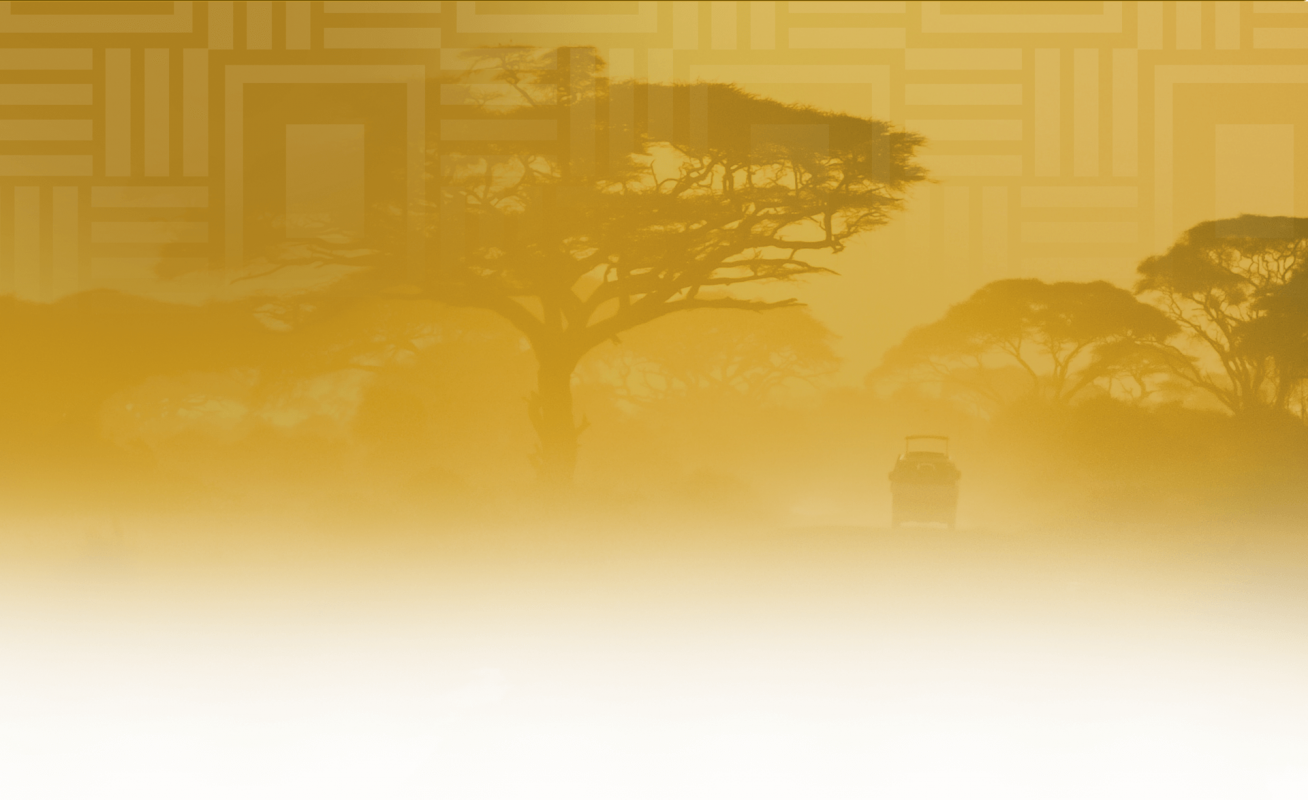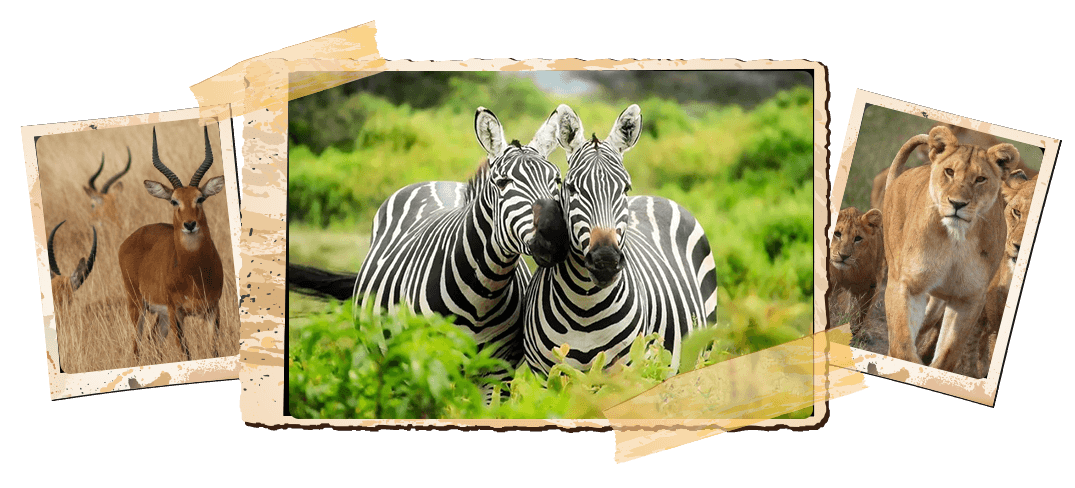Tanzania is extremely involved in wildlife conservation, consistently described as the “the premiere destination for wildlife viewing.” In Tanzania, you can view various species in various environments, which makes it truly special. With more than 4 million animals calling Tanzania home, you are guaranteed to have a truly memorable experience.
THE BIG FIVE
The “Big Five” are group animals many people come to Tanzania to see as it is one of the only places that you can view all five members in the same safari. Checkmark on that bucket list! The group consists of lions, leopards, elephants, buffalo and rhinoceros…. oh my!
Contrary to popular belief, these five animals didn’t make this list because of their size, but because of the they are the five animals that emerge on top of the food chain, the fiercest and and most dangerous animals in the wilderness.
THE BIG CATS
Tanzania is home to the largest population of “big cats” in Africa. Tanzania, alone, is home to more than 50% of the cat population in all of Africa. Lions, cheetahs and tigers can all be spotted here, and we have a of insight on where they tend to hang out. If you want to see the big cat population of Africa, Tanzania is the place and Wild Root is your perfect guide.
BIRD HAVEN
Most recent studies of the Tanzania bird population has published that total of 1,156 confirmed species live here. That’s quite and astounding number of unique birds! That is why Tanzania is a top choice for bird watching enthusiasts from all over the world. Although you will undoubtedly spot various species throughout any of our safaris, we can design a package especially for you, if this piques your interest.
THE GREAT MIGRATION
The “Great Migration” occurs annually when millions of wildebeest, zebras and antelope travel from the Serengeti in Tanzania to the Maasai Mara Game Reserve in Kenya in search of greener pastures and fresh water sources. During the months of July through October, the herd crosses the Mara river. Calving season then follows from December through March. And, from April through May the migration is located at the Central Serengeti heading to the Western Serengeti Kirawira in June.













